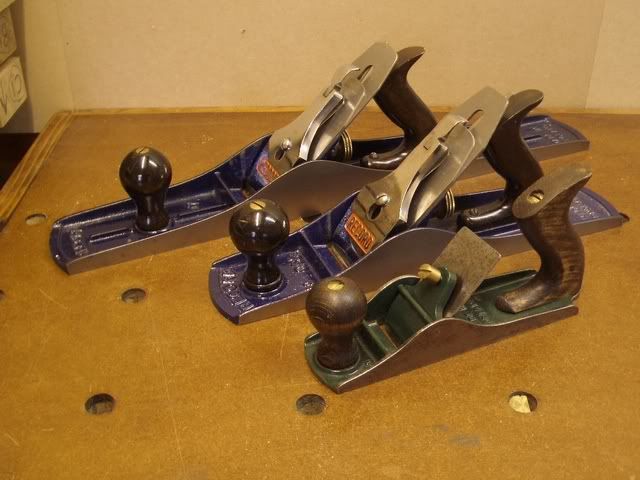pompon44
Established Member
Hi,
So far, I'm (tryin to, at least) milling my wood all by hand. I'm slowing getting reasonable results, but I already suspect that the thicknessing part will take ages for all but small boards and/or tiny projects.
For budget (and space), I'm considering buying a benchtop planer, so I'll be able to continue jointing by hand, but thickness by machine.
Is that a practical approach (not for a pro, but for a hobbyist) ? Or is it still a bit too romantic and on the long term jointing by hand is too much work ?
Regards,
So far, I'm (tryin to, at least) milling my wood all by hand. I'm slowing getting reasonable results, but I already suspect that the thicknessing part will take ages for all but small boards and/or tiny projects.
For budget (and space), I'm considering buying a benchtop planer, so I'll be able to continue jointing by hand, but thickness by machine.
Is that a practical approach (not for a pro, but for a hobbyist) ? Or is it still a bit too romantic and on the long term jointing by hand is too much work ?
Regards,


































